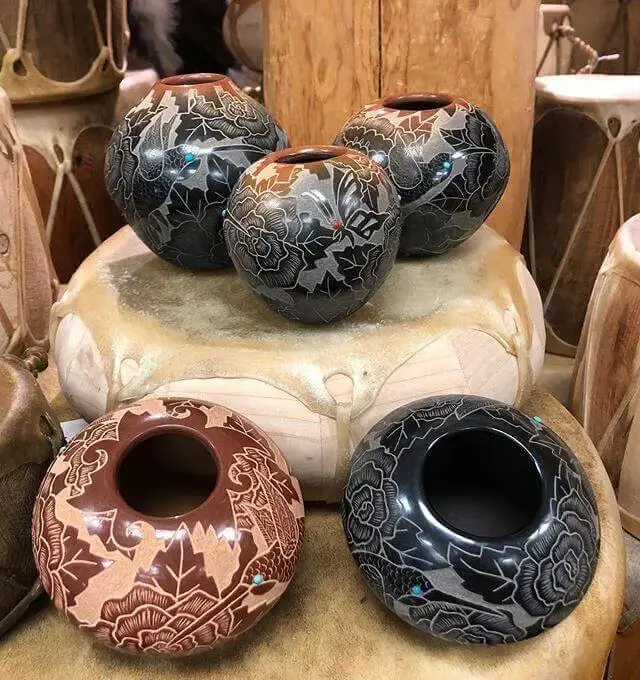In most Native American cultures, colors hold deep cultural significance, representing the connection between life, nature, and spirituality. For centuries, Native American tribes have incorporated vibrant hues into their art, ceremonies, and everyday life, each carrying unique meanings and stories. From the origins of natural pigments to intricate beadwork, exploring the symbolism of colors in various Native American cultures offers a fascinating glimpse into their traditions. Let’s dive into the role these colors play and how they continue to inspire Native American artistry today.
The Origin of Colors in Native American Culture
The origins of colors in Native American cultures are deeply rooted in the natural world, reflecting the deep respect tribes had for their environment. Minerals like ochre and hematite were ground into powders for rich red and yellow pigments, while turquoise and malachite provided vibrant blues and greens. Plants, such as berries and roots, were boiled or crushed to extract dyes, and charred wood or ash was used for black. These pigments adorned everything from ceremonial masks and pottery to textiles and tools.
Colors often held dual purposes—both practical and symbolic—enhancing spiritual rituals while connecting individuals to the earth, sky, and their ancestors. Each hue’s creation was an intentional process, reinforcing the sacred bond between Native Americans and the land that sustained them.
Colors and Their Meanings in Native American Cultures
The meanings behind colors and their meanings in Native American cultures vary by tribe but often share common themes.
- Red: Symbolizes life, war, and love.
- White: Represents peace and spirituality.
- Black: Associated with strength and triumph over adversity.
- Yellow: Denotes harvest, abundance, and the sun.
- Blue: Signifies the sky, water, and protection.
These colors were often used to convey stories and emotions, from celebratory ceremonies to expressions of grief or joy. Their meanings provide an intimate look into the worldview and values of Native American cultures.
Color Symbolism in Native American Art
Color symbolism shines through in various art forms, including pottery, paintings, and textiles. Artists use colors to communicate messages, honor traditions, and preserve their heritage. For example, pottery from the Pueblo tribes often incorporates earthy tones of red and black, symbolizing their connection to the land. In sand paintings, vibrant colors are used to tell stories or invoke healing powers. Each piece of art reflects the artist’s understanding of the spiritual and symbolic power of color.
Native American Bead Colors and Their Meaning
Beadwork is one of the most iconic forms of Native American artistry, and Native American bead colors play a significant role in its beauty and meaning. Beads were originally crafted from natural materials like bones and stones, later evolving to include vibrant glass beads.
- Red beads often signify vitality and courage.
- White beads are linked to purity and peace.
- Blue beads are a protective symbol.
- Yellow beads reflect prosperity and joy.
These colors are not only aesthetic but deeply meaningful, with each combination telling a unique story about the wearer’s beliefs or tribal identity.
Discover Native American Colors at Palms Trading Company
At Palms Trading Company, a Native American art trading company, we take pride in showcasing authentic Native American art that reflects the profound meaning of Native American colors. From intricately beaded jewelry to Native American pottery infused with symbolic hues, our collection celebrates the rich traditions of Native American cultures. Contact Palms Trading to learn more about our unique offerings and bring the vibrant artistry of Native America into your life.



